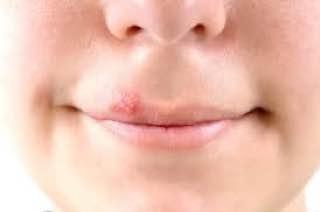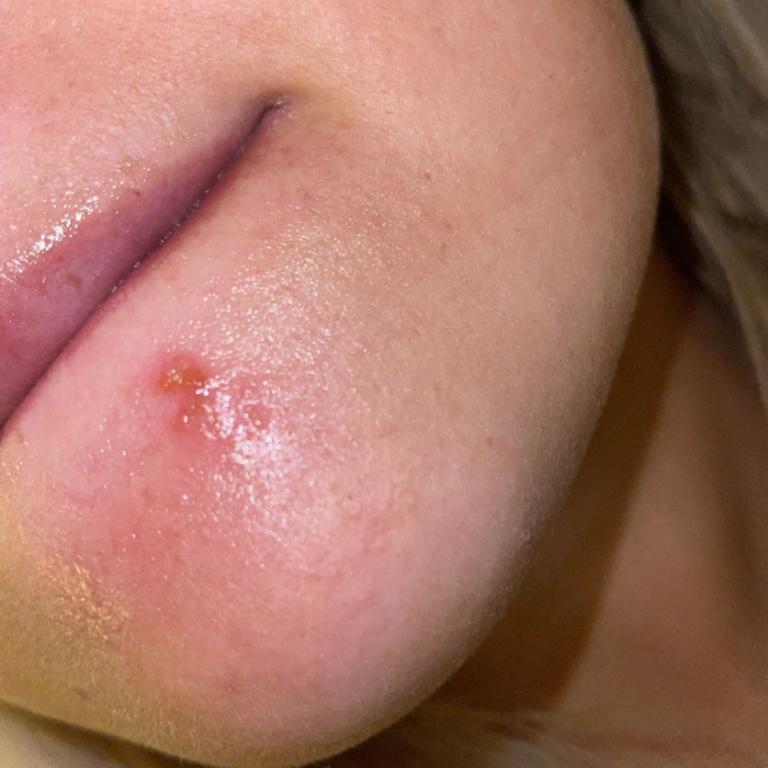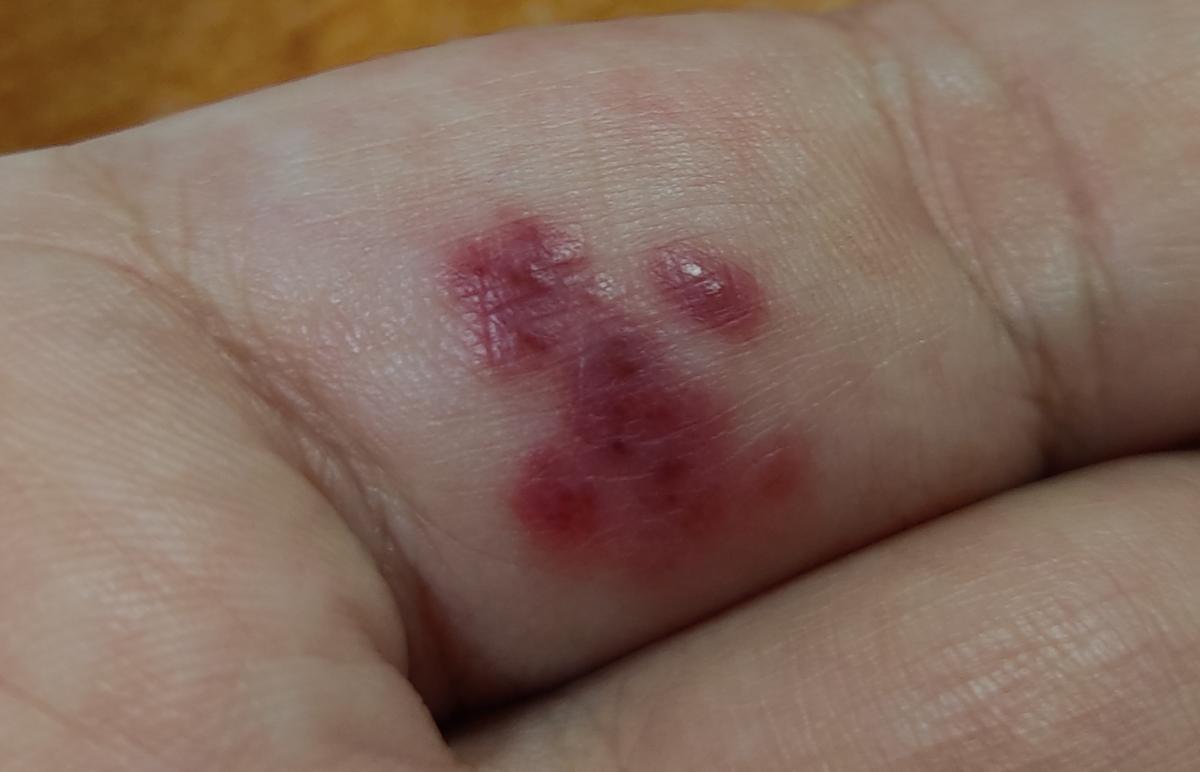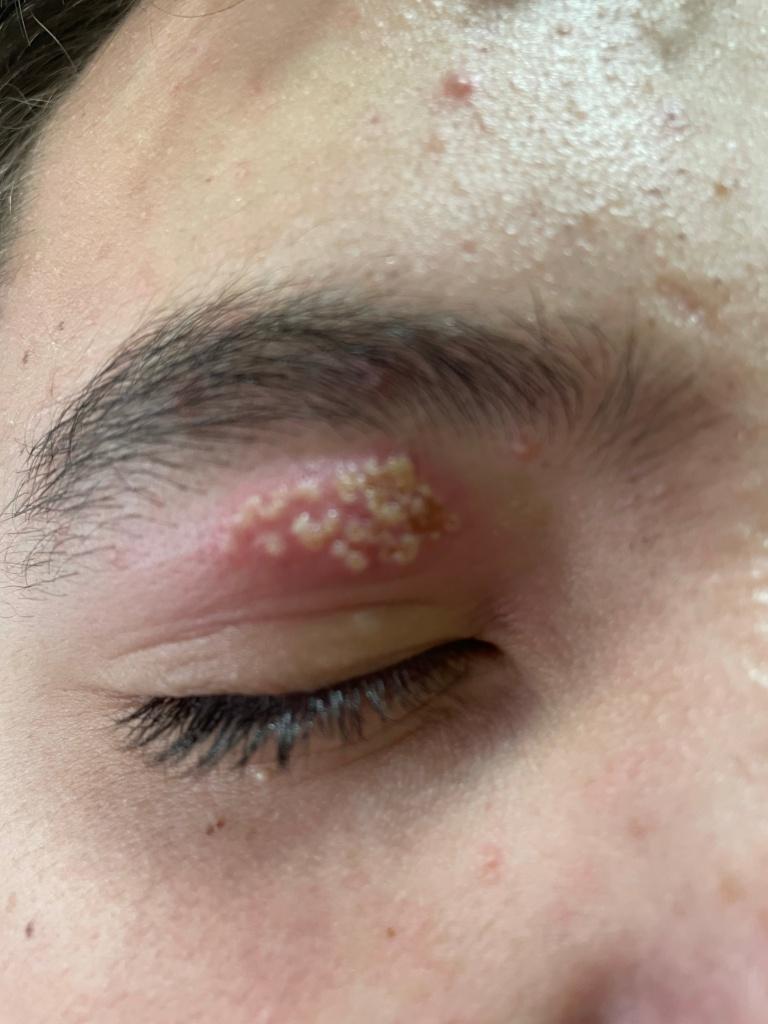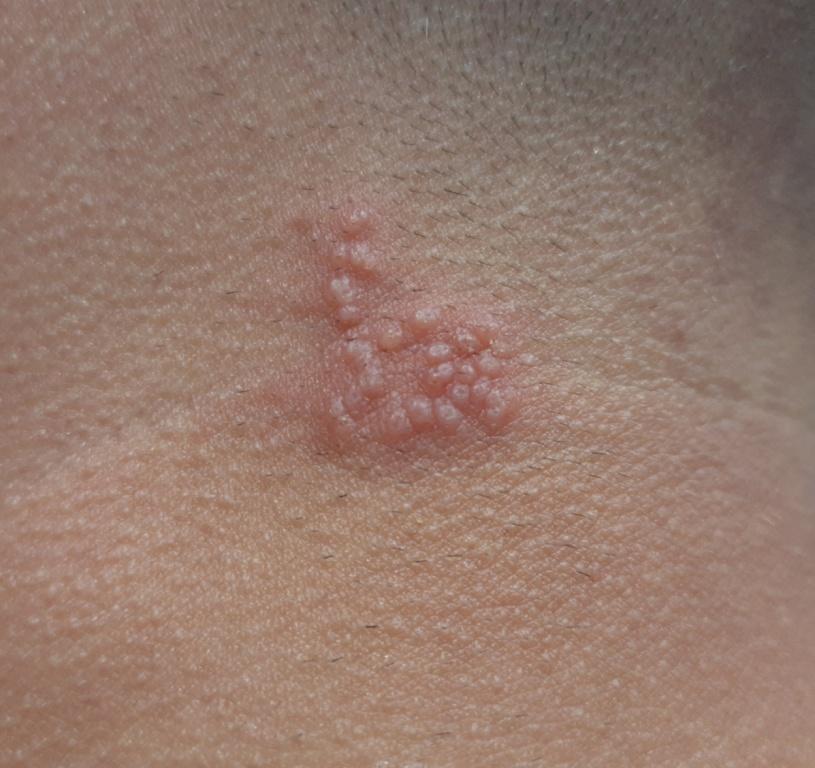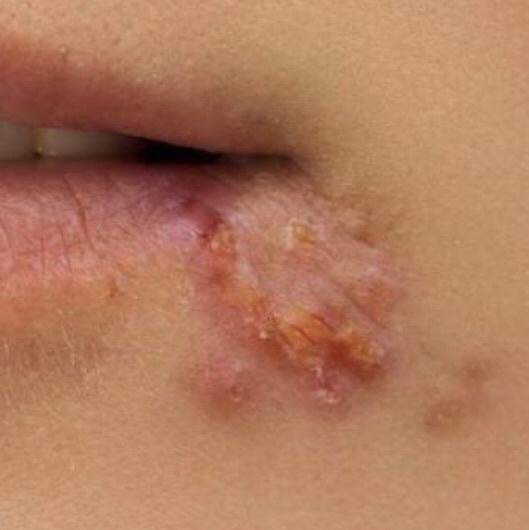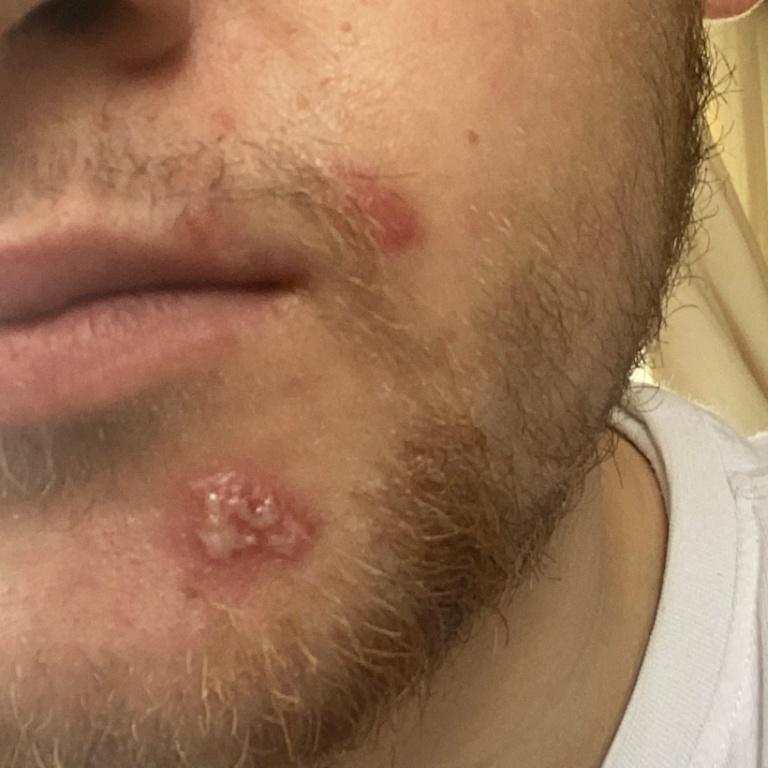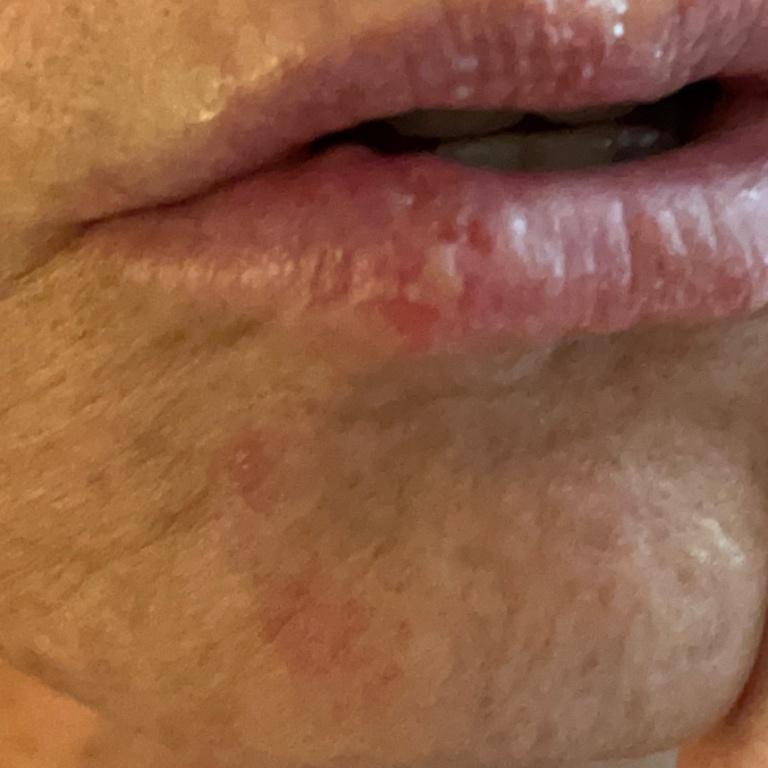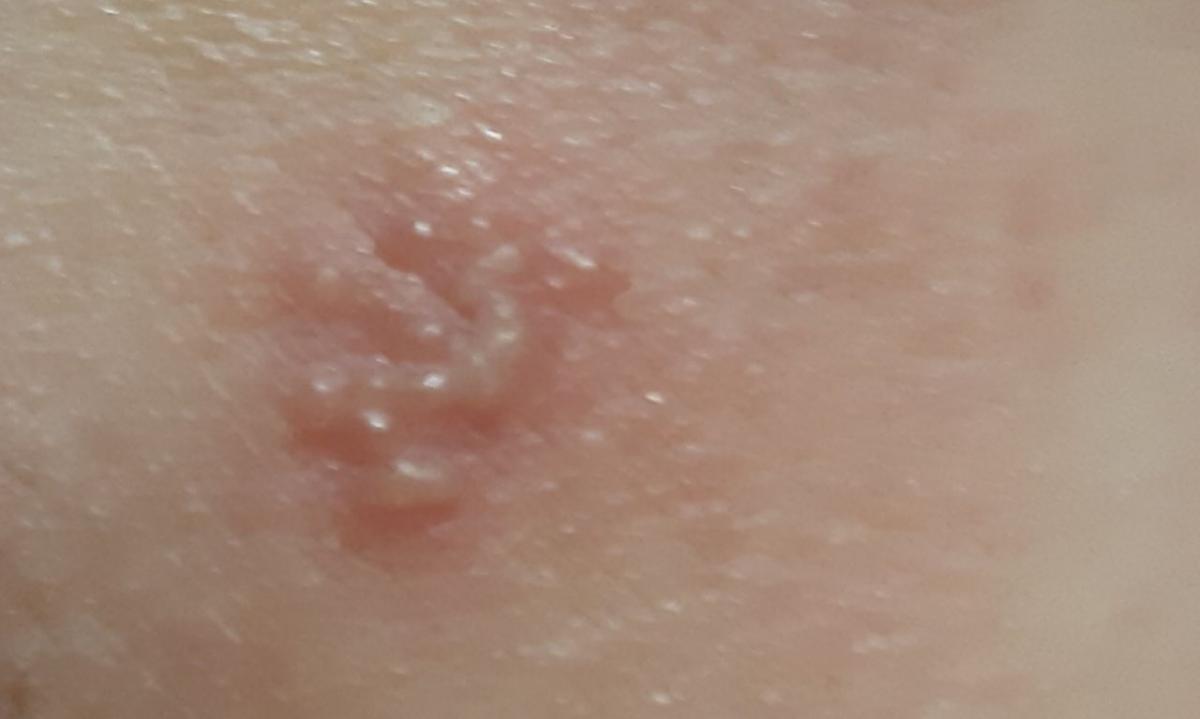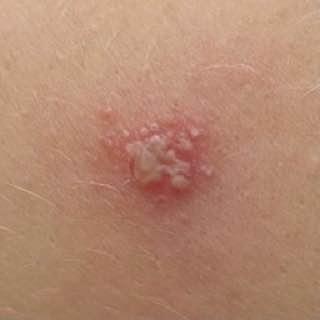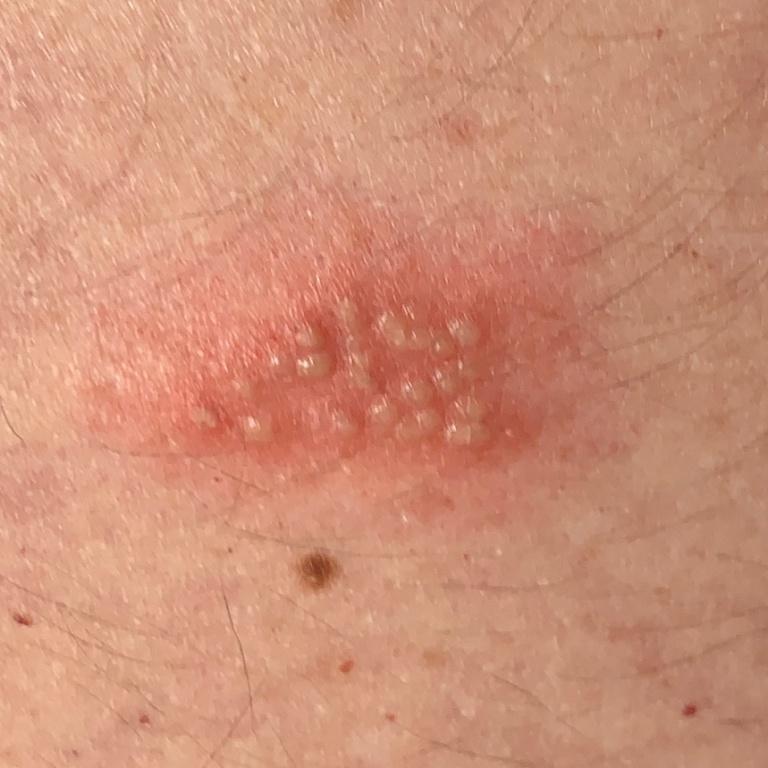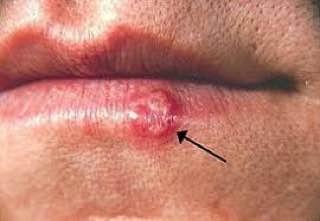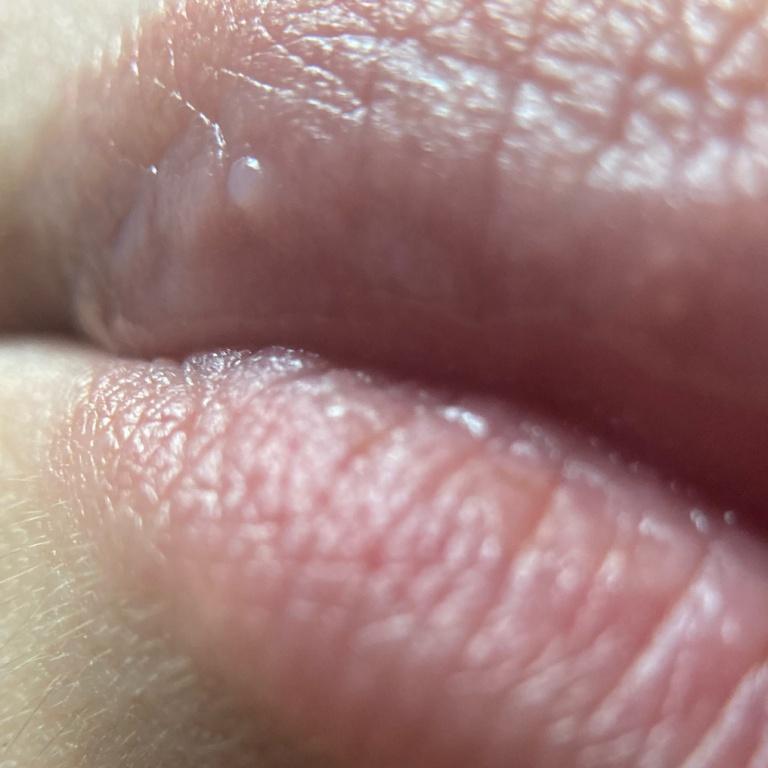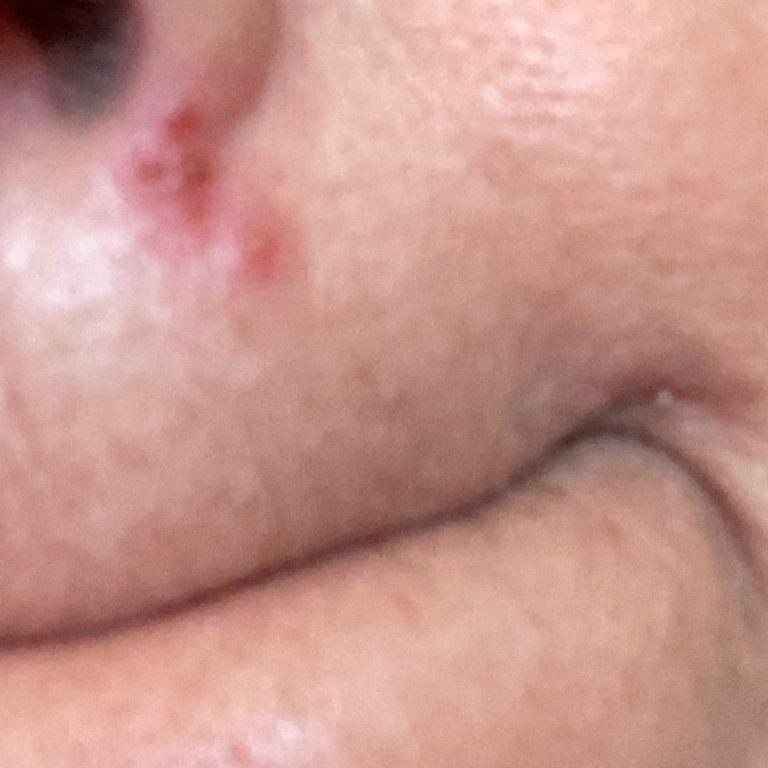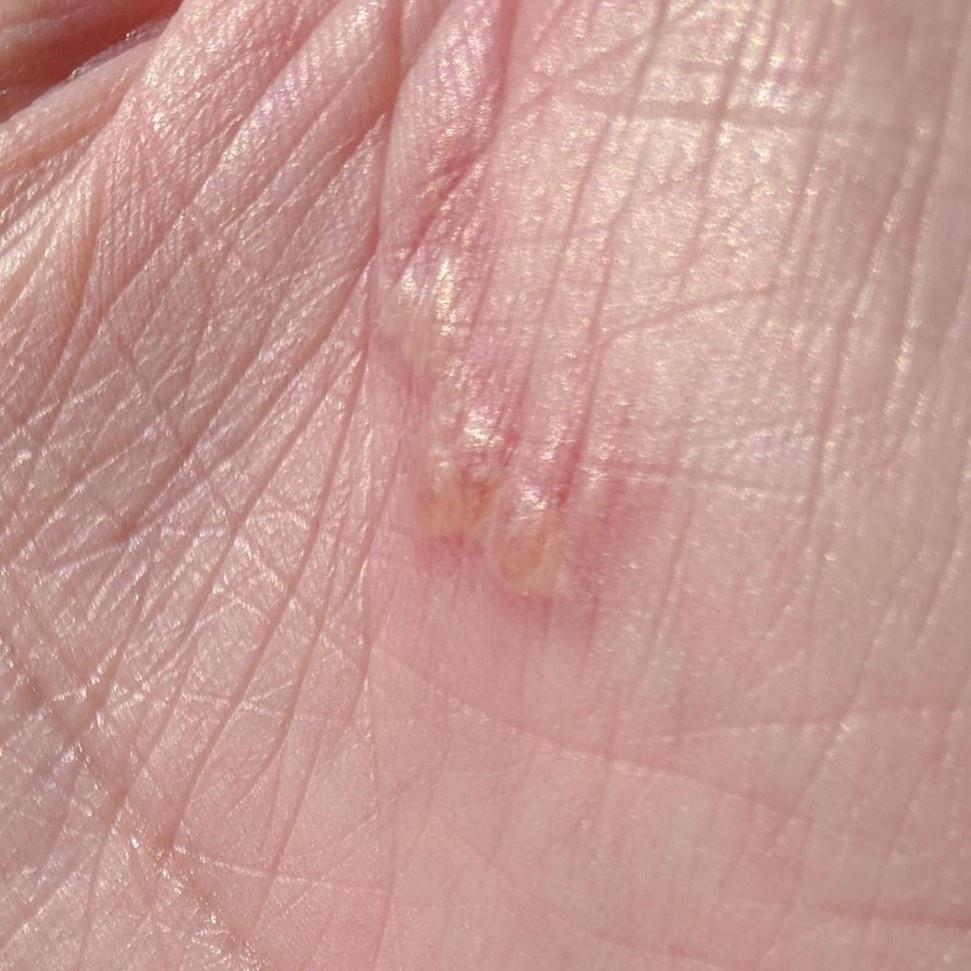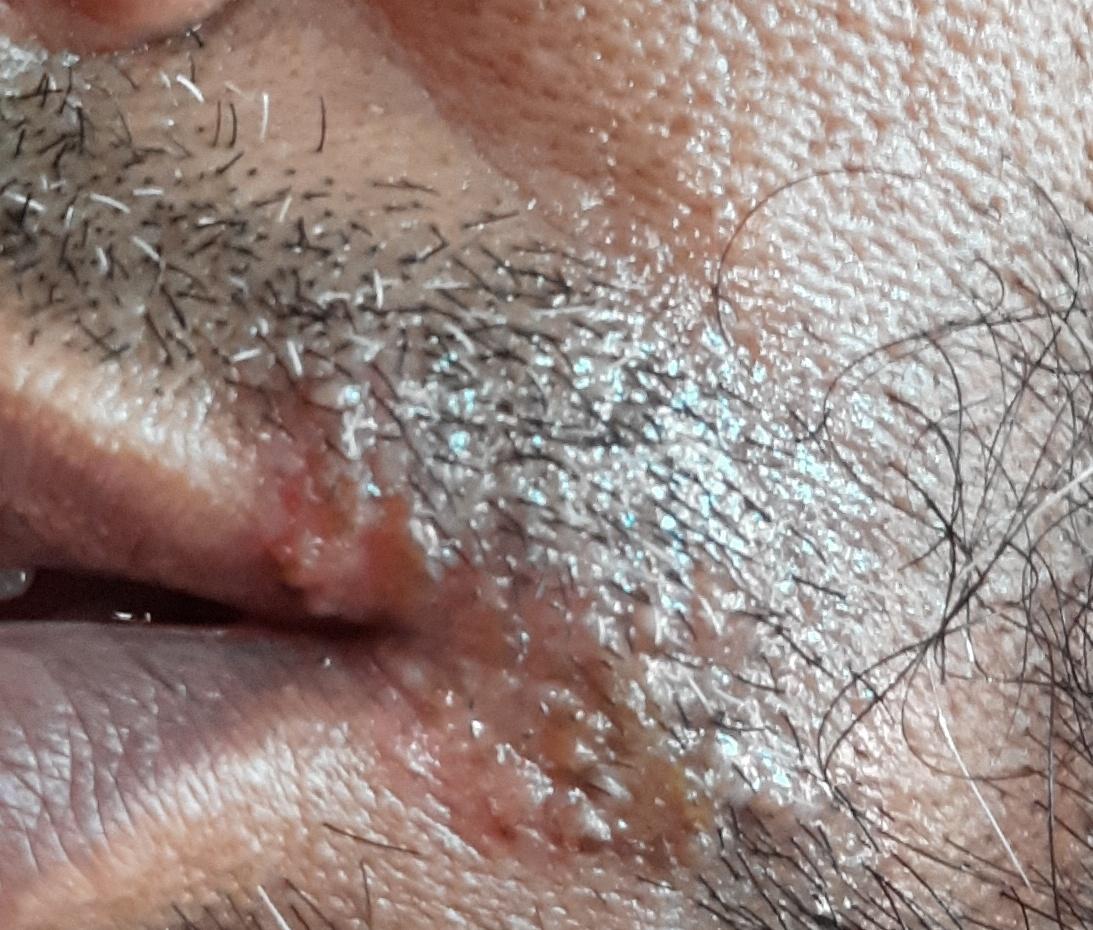General characteristics
Herpes Simplex (ICD-10: B00; A60) viruses, which contain DNA, often infect humans and are capable of periodic reactivation. After replication in the skin or mucous membrane, the virus infects the nerve ending and enters the ganglion, where it remains in a latent form until reactivation. Various reasons contribute to the development of the disease (hypothermia, colds, injuries, disturbances in the activity of the gastrointestinal tract, mental disorders, menstruation, etc.).
Etiology
There are two types of herpes simplex virus HSV-1 and HSV-2. HSV-1 is most commonly associated with perioral lesions, while HSV-2 is commonly associated with genital infection. Both types of virus can infect both the oral and genital areas and cause acute and recurrent infections.
Clinical manifestations
On slightly reddened and edematous skin, a group of small vesicles, filled with transparent contents, appear, which fit tightly to each other. Bubbles are hemispherical, the size of a millet grain, rarely larger. The light content of the bubbles becomes cloudy after 24-72 hours, often becomes purulent or hemorrhagic. The number of rashes on the first and subsequent days may increase slightly, however, new blistering rashes occur in the immediate vicinity of the first herpetic blisters. The contents of the vesicles shrink into dense grayish-yellow or dark brown crusts, which adhere firmly to slightly hyperemic and infiltrative skin. Bubbles with herpes simplex can be localized in different areas of the skin, but most often the rash occurs on the red border of the lips and on the skin of the face.
The clinical picture of genital herpes is manifested by vesicular rashes localized on the genitals and perineum. In men, rashes are most often located on the head or body of the penis; in women, rashes develop in the vulva, perineum, buttocks, vagina, cervix.
Subjective sensations with herpes simplex are unstable. Most often, patients complain of local itching and burning, rarely – of pain in the place where herpetic eruptions later appear. A characteristic feature of genital herpes is often the presence in a number of patients of neuralgic pain in the genital area and perineum.
Diagnostics
The choice of a method for diagnosing infections with herpes simplex viruses depends on the clinical picture of the disease. In most cases, a detailed history and clinical data collection is sufficient to make a diagnosis. However, the differential diagnosis of genital herpes and other infectious and non-infectious diseases, accompanied by genital ulceration, based only on the clinical picture, is difficult. Therefore, one should always strive for laboratory confirmation of the diagnosis.
Basic laboratory diagnostic methods:
- Cultural method;
- Direct immunofluorescence reaction (RIF);
- Enzyme-linked immunosorbent assay (ELISA);
- Polymerase chain reaction (PCR).
Treatment
The drugs used for treatment are acyclovir, valacyclovir and famciclovir, the doses and regimen of which depend on the clinical picture of the disease.
